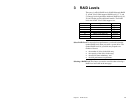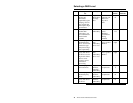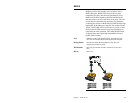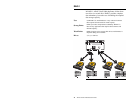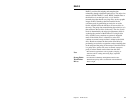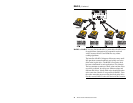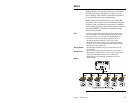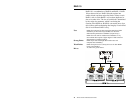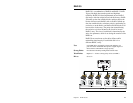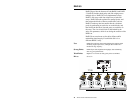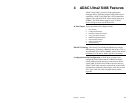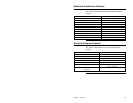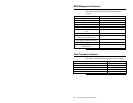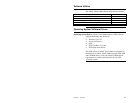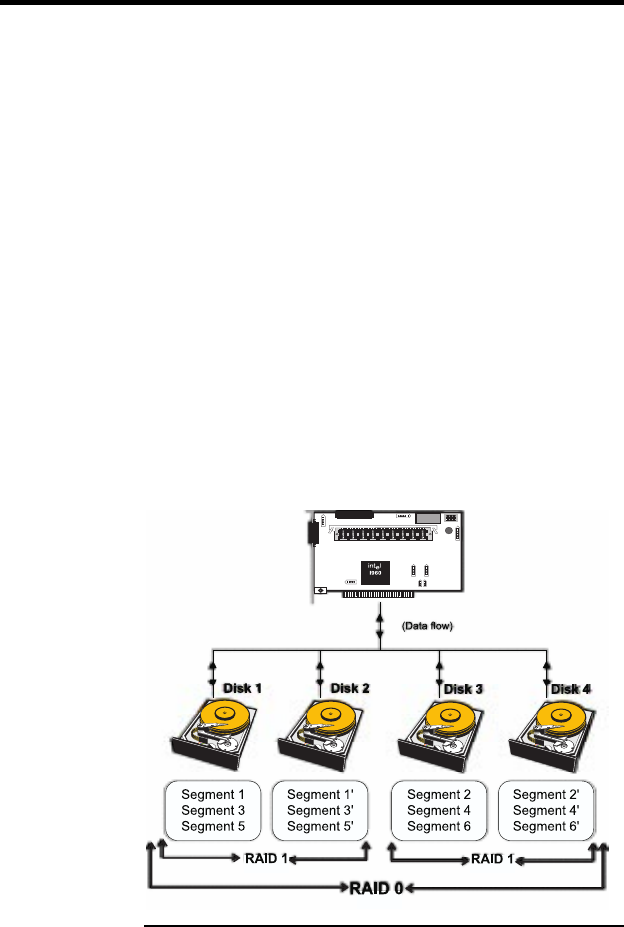
ADAC Ultra2 S466 Hardware Guide
26
RAID 10
RAID 10 is a combination of RAID 0 and RAID 1. RAID
10 has mirrored drives. RAID 10 breaks up data into
smaller blocks, and then stripes the blocks of data to each
RAID 1 raid set. Each RAID 1 raid set then duplicates its
data to its other drive. The size of each block is determined
by the stripe size parameter, which is set during the
creation of the RAID set. RAID 10 can sustain one to four
drive failures while maintaining data integrity if each failed
disk is in a different RAID 1 array.
Uses
RAID 10 works best for data storage that must have 100%
redundancy of mirrored arrays and that also needs the
enhanced I/O performance of RAID 0 (striped arrays).
RAID 10 works well for medium-sized databases or any
environment that requires a higher degree of fault tolerance
and moderate to medium capacity.
Strong Points
RAID 10 provides both high data transfer rates and
complete data redundancy.
Weak Points
RAID 10 requires twice as many drives as all other RAID
levels except RAID 1.
Drives
2n, where n is greater than 1.




